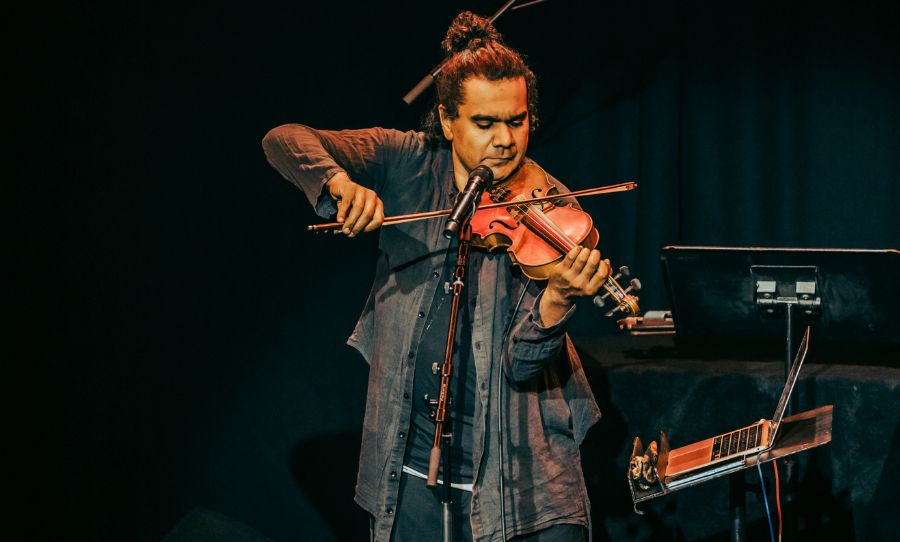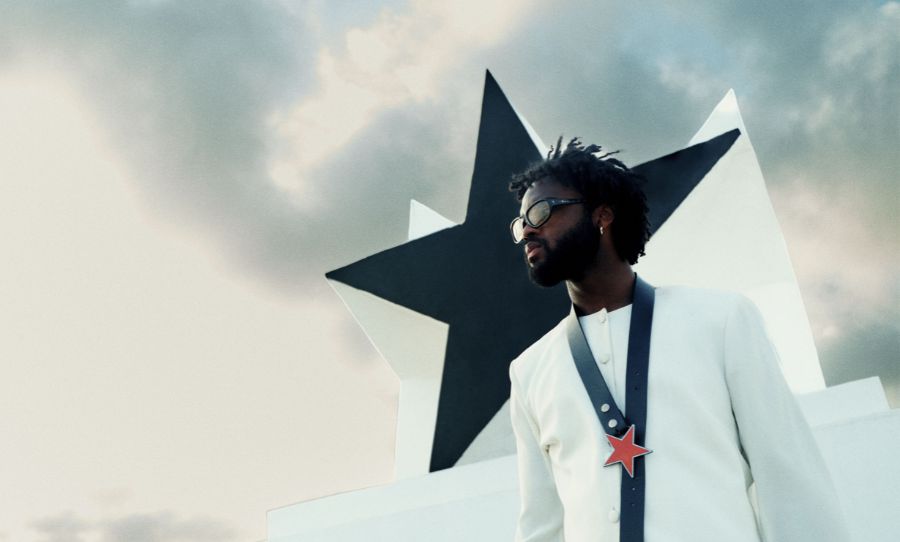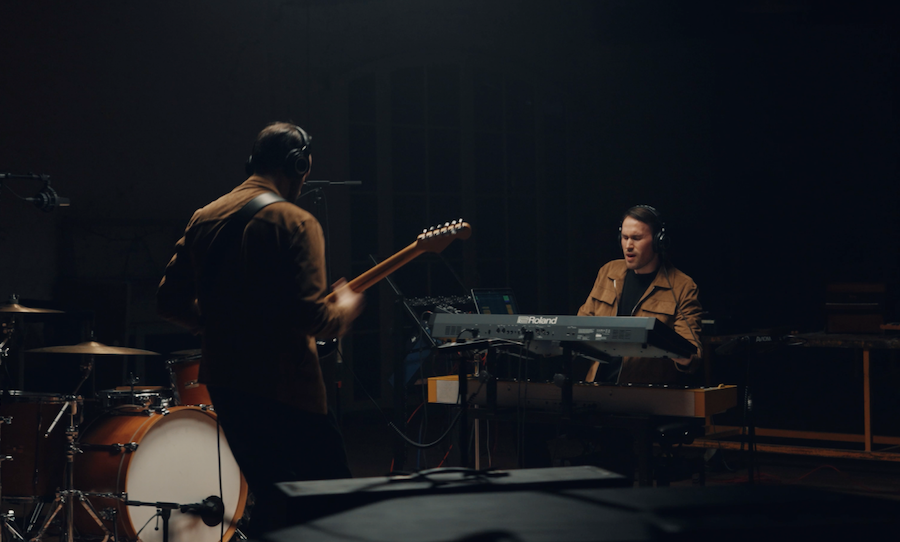Sydney Opera House’s Music on Tubowgule wasn’t your average classical night out
For starters, it took place in the Studio – not the grand concert hall – which made it feel more like a gathering than a performance.
It was intimate, warmly lit, and full of tension in the best way: like something sacred was about to happen.

First up was Eric Avery, standing with his violin and a floor full of loop pedals. He’s known for bending the classical form into something raw and contemporary – part soundscape, part ceremony.
Bow to string, then voice in Ngiyampaa soaring over the top. His sound is atmospheric, sometimes haunting, but always grounded. And then, in comes his dad, Graham, on didgeridoo.
Their chemistry is gentle, familial, and incredibly moving. The didge is settles in – becoming the spine and rooting the performance deep in Country while Eric’s violin and voice drift above like smoke.
There’s a story being told without a single lyric in English. And that’s kind of the point. Eric’s work, which draws from his family’s custodial songs and lived experience, doesn’t beg to be translated – it asks you to listen deeper – feel deeper.
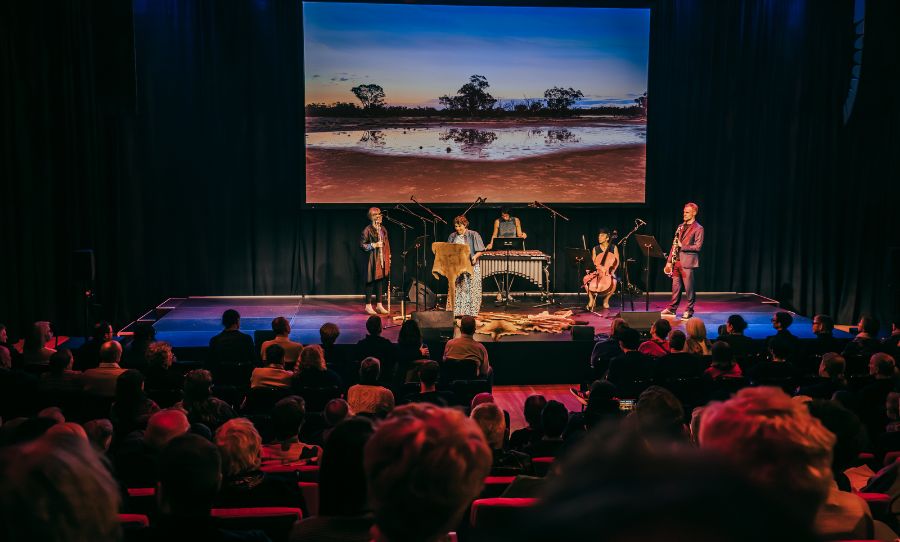
Then came Stories of Water and Earth, the collaborative second act featuring Ensemble Offspring, Arafura Music Collective, composer Nardi Simpson (of Stiff Gins), and Yolŋgu poet Melanie Mununggurr.
If the first half was personal, this was communal – an hour-long journey through sound, spoken word, and language that felt like eavesdropping on a dreaming.
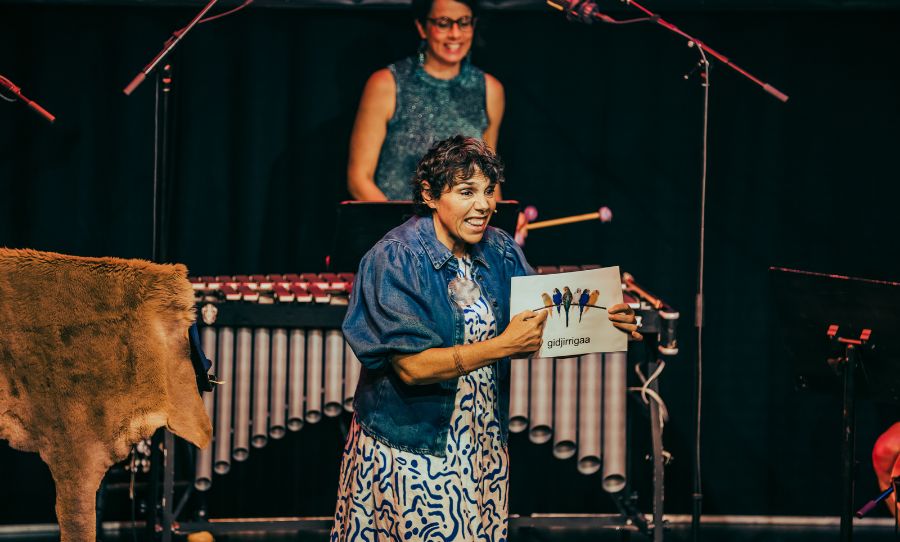
The new work, co-created with violinist and composer Netanela Mizrahi, blurred lines between score and story, Western form and First Nations storytelling.
A testament to genuine collaboration that honours the land and the language it came from. You could feel the weight of Country in the room, and the careful tension of artists unlearning, relearning, and reshaping.
Music on Tubowgule reminded us that some of the most radical music being made right now is also the most ancient.
And when First Nations artists are given space to lead, what emerges is a true reflection of the land.
For more info on the series, head to the Sydney Opera House.
All photos: Ravyna Jassani.
